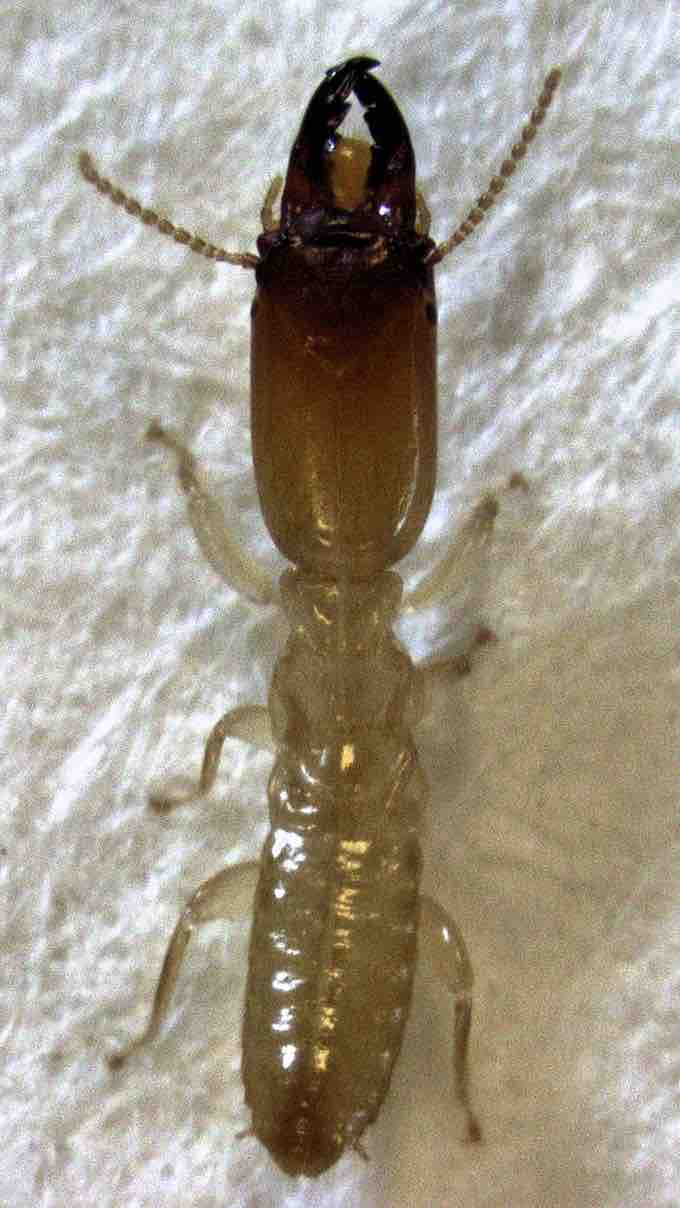Knowledge of the genomics of microorganisms is being used to find better ways to harness biofuels from algae and cyanobacteria. The primary sources of fuel today are coal, oil, wood, and other plant products, such as ethanol. Although plants are renewable resources, there is still a need to find more alternative renewable sources of energy to meet our population's energy demands. The microbial world is one of the largest resources for genes that encode new enzymes and produce new organic compounds, and it remains largely untapped.
For microbial biomass breakdown, many candidates have already been identified. These include Clostridia species for their ability to degrade cellulose, and fungi that express genes associated with the decomposition of the most recalcitrant features of the plant cell wall, lignin, the phenolic "glue" that imbues the plant with structural integrity and pest resistance. The white rot fungus Phanerochaete chrysosporium produces unique extracellular oxidative enzymes that effectively degrade lignin by gaining access through the protective matrix surrounding the cellulose microfibrils of plant cell walls.
Another fungus, the yeast Pichia stipitis, ferments the five-carbon "wood sugar" xylose abundant in hardwoods and agricultural harvest residue. Pichia's recently-sequenced genome has revealed insights into the metabolic pathways responsible for this process, guiding efforts to optimize this capability in commercial production strains. Pathway engineering promises to produce a wider variety of organisms able to ferment the full repertoire of sugars derived from cellulose and hemicellulose and tolerate higher ethanol concentrations to optimize fuel yields. For instance, the hindgut contents of nature's own bioreactor, the termite, has yielded more than 500 genes related to the enzymatic deconstruction of cellulose and hemicellulose .

Termites: Nature's Bioreactors
The hindgut of the termite has yielded more than 500 genes of microbes related to the enzymatic deconstruction of cellulose.